University certificate
The world's largest faculty of dentistry”
Why study at TECH?
A Postgraduate certificate that will allow you to keep abreast of the most recent advances in the diagnosis and treatment of dental caries"
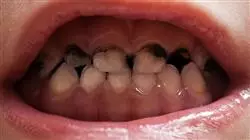
Among the main factors that influence the appearance of caries are the lack of oral hygiene, bottle or breast feeding, frequent consumption of fermentable carbohydrates or bacterial plaque. A long list and on which the dental professional must have a broad knowledge to be able to make the diagnosis and appropriate treatment. This Postgraduate certificate was created in response to the need for professionals to update their knowledge in this field. To achieve this, this 2-month program offers students an exhaustive and advanced syllabus complemented with multimedia material based on video summaries, interactive diagrams, detailed videos and specialized readings.
In this way, the professional will be able to renew their knowledge on the etiological factors of caries disease, the detection and diagnosis of caries lesions, lesion treatment, atraumatic restorative treatment or new bioactive materials. All this, with a theoretical-practical approach that will favor the refreshing of knowledge in a much more agile and simple way.
Likewise, simulations of real cases become a key element in this Postgraduate certificate, since they place the dental professional in a situation where they will be faced with problems that they may encounter in their usual clinical practice.
It is, therefore, an excellent opportunity offered by TECH to dental professionals who wish to study a quality program comfortably. It only requires an electronic device (computer, tablet or cell phone) to connect to the virtual platform and access the entire syllabus available from the first day. In addition, the Relearning system, based on the reiteration of content, facilitates the reduction of study hours, much more frequent in other teaching methods. Therefore, this Postgraduate certificate is at the academic forefront and allows students to combine their work and/or personal responsibilities with a high-level program.
Finally, it will be supported by a teaching team versed in pediatric dentistry headed by an international expert. This is a prestigious figure who has agreed to collaborate with TECH for the advancement of the profession, developing 10 exclusive masterclasses for this program. Therefore, the graduate will have access to more than an hour of videos in which different sections of the syllabus will be explained based on his experience and successful strategies.
You have a library of multimedia resources that you can access 24 hours a day"
This Postgraduate certificate in Pathology and Therapeutics of Dental Caries in Pediatric Dentistry contains the most complete and up-to-date scientific program on the market. Its most notable features are:
- Practical cases presented by experts in Dentistry
- The graphic, schematic, and practical contents with which they are created, provide scientific and practical information on the disciplines that are essential for professional practice
- Practical exercises where self-assessment can be used to improve learning
- Its special emphasis on innovative methodologies
- Theoretical lessons, questions to the expert, debate forums on controversial topics, and individual reflection assignments
- Content that is accessible from any fixed or portable device with an Internet connection
A 100% program where you can renew your knowledge about treatment options for primary and permanent dentition"
The program’s teaching staff includes professionals from the sector who contribute their work experience to this program, as well as renowned specialists from leading societies and prestigious universities.
The multimedia content, developed with the latest educational technology, will provide the professional with situated and contextual learning, i.e., a simulated environment that will provide immersive knowledge programmed to learn in real situations.
This program is designed around Problem-Based Learning, whereby the professional must try to solve the different professional practice situations that arise throughout the program. For this purpose, the student will be assisted by an innovative interactive video system created by renowned and experienced experts.
Delve into the treatment of large cavity caries lesions in pediatric dentistry.
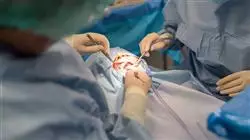
A program in which you will be able to gain in-depth knowledge about dental erosion and systemic diseases that have repercussions in the oral cavity.
Syllabus
The syllabus of this Postgraduate certificate has been developed by a specialized teaching team, who have poured all its knowledge in the treatment of dental caries into the content of this syllabus. Therefore, students who study this Postgraduate certificate will have at their disposal multimedia content with the most up-to-date knowledge on this pathology, its etiology, approach and treatment by applying the most common techniques, tools and materials. The Relearning system, which TECH applies to all its programs, will allow students to progress through the program in a more natural way.
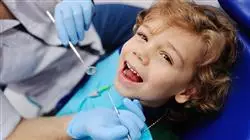
You will update your knowledge through real cases and the resolution of complex situations in simulated learning environments"
Module 1. Pathology and Treatment of Dental Caries
1.1. Dental Caries. Etiology, Pathogenesis and Clinical Manifestations
1.1.1. Concept of Caries Disease
1.1.2. Host-Related Factors: Teeth and Saliva
1.1.3. Etiological Factors of Caries Disease
1.1.3.1. Host-Related Factors: Teeth and Saliva
1.1.3.2. Factors Related to Plaque Microbiology
1.1.3.3. Diet-Related Factors: Factors Dependent on the Food Ingested. Dietary Factors Dependent on the Individual
1.1.3.4. Factors Dependent on the Individual's Cultural and Socioeconomic Context
1.1.4. Pathogenesis of the Caries Lesion
1.1.4.1. Demineralization/Remineralization Process. Critical pH
1.1.4.2. Oral Regulation of pH Fluctuations and Remineralization
1.1.5. Clinical Manifestations of Caries Lesions
1.1.5.1. Incipient Caries Lesions
1.1.5.2. Cavitated Caries Lesions
1.1.6. Epidemiology of Dental Caries
1.1.6.1. Caries in Primary Dentition
1.1.6.2. Caries in Mixed Dentition
1.1.6.3. Caries in Young Permanent Dentition
1.2. Diagnosis of Dental Caries
1.2.1. Detecting and Monitoring Caries Lesions
1.2.1.1. Methods That Do Not Require Technological Support: Visual Method and Tactile Method
1.2.1.2. Methods that Require Technological Support: Radiological Methods, Methods Based on Visible Light, Methods Based on Laser Light, Methods Based on Ultrasound and Methods Based on Electric Current
1.2.1.3. Injury Activity Assessment: ICDAS System
1.2.1.4. Establishing the Patient's Risk of Caries
1.3. Early Childhood Caries. Caries de la Primera Infancia, in Spanish (ECC)
1.3.1. Feeding Up to 6 Months of Age
1.3.1.1. Exclusive Breastfeeding on Demand: Its Influence on Craniofacial Development. Benefits
1.3.1.2. Bottle Feeding: Indications and Consequences of its Use
1.3.2. The Process of Eruption: Timeline
1.3.3. The Tasks of Temporal Dentition
1.3.4. Feeding After the Eruption of the First Tooth: Ablactation
1.3.5. Feeding After the Eruption of the Second Temporal Molar
1.3.6. Prolonged Breastfeeding: Concept and Risks
1.3.7. Early Childhood Caries
1.3.7.1. Concept
1.3.7.2. Types
1.3.7.3. Transmissibility Habits and Infectivity Window
1.3.7.4. Characteristics: Rapid Progression: Reasons
1.3.7.5. Consequences
1.4. Therapeutic Remineralization in Incipient Caries Lesions
1.4.1. Objectives and Requirements of Therapeutic Remineralization
1.4.2. Remineralization Products and Systems
1.4.2.1. Fluoride: Mechanisms of Action for Remineralization
1.4.2.2. Casein Phosphopeptide-Amorphous Calcium Phosphate Phosphopeptide Complexes (CPP-ACP): Nature, Mechanisms of Action, Presentations and Mode of Use
1.4.2.3. New Materials in Remineralization. Materials Derived From Nanotechnology: Nano-Hydroxyapatite and Nano-Carbonateapatite. Bioactive Crystals Based on Amorphous Sodium Phosphosilicate and Calcium Phosphates
1.4.2.4. Alternative Products to Favour Remineralization
1.5. Treatment of Cavitated Caries Lesions. Principles
1.5.1. Objectives of Dental Surgery in Children
1.5.2. Factors That Modify Dental Surgery in Children
1.5.2.1. Behaviour
1.5.2.2. Dentition Development
1.5.2.3. Extent and Depth of Cavitated Caries Lesions
1.5.2.4. Systemic Status of the Patient
1.5.2.5. Morphological Characteristics of Temporary Teeth
1.5.3. Principles of Minimally Invasive Dentistry
1.5.3.1. Removal of the Least Amount of Tooth Tissue Necessary
1.5.3.2. Preservation of Pulp Vitality
1.5.3.3. Using Bioactive Materials
1.5.4. Absolute Isolation
1.5.4.1. Objectives
1.5.4.2. Materials and Their Adaptation to Children: Dike, Clamps and Young's Arc
1.5.4.3. Placement Techniques by Age: Preschoolers, Schoolchildren and Adolescents
1.6. Pit and Fissure Sealants (PFS). Preventive Resin Restorations (PRR)
1.6.1. Introduction. Historical Background of Fissure Sealants
1.6.1.1. Types of Fissures
1.6.1.2. Cariostatic Properties
1.6.1.3. Types of Sealants
1.6.1.4. Patient Selection.: Indications and Contraindications
1.6.1.5. Placement Technique
1.6.1.6. How to Prevent Fissure Sealants From Fracturing and Falling Off
1.6.2. Preventive Resin Restorations (PRR)
1.6.2.1. Concept
1.6.2.2. Types
1.6.2.3. Placement Technique
1.7. Atraumatic Restorative Treatment (ART) Temporary Therapeutic Restorations (TTR)
1.7.1. Introduction Concept
1.7.2. Principles of ART and its Evolution to TTR
1.8. Treatment of Cavitated Caries Lesions Materials
1.8.1. Pulp Protection Materials
1.8.1.1. Calcium Hydroxide: Mechanism of Action Indications. Advantages and Disadvantages
1.8.2. Glass Ionomer: Self-Curing and Light Curing
1.8.2.1. New Bioactive Materials
1.8.3. Materials for Dental Restoration
1.8.3.1. Restorative Glass Ionomer: Characteristics, Indications, Contraindications, Advantages, Disadvantages and Mode of Use
1.8.3.2. Composite Resins or Composites. Concept and Types
1.8.3.3. Principles of Use
1.8.3.4. Preparation of the Remaining Tooth Structure for the Use of Composites: Dentin Adhesives: Types Available Today and Selection Criteria
1.9. Treatment of Large Cavitated Caries Lesions in Pediatric Dentistry
1.9.1. Complex Lesions in Temporary and Permanent Teeth
1.9.1.1. Characteristics and Consequences
1.9.1.2. Treatment Options in Temporary and Permanent Dentition
1.9.2. Treatment of Molars: Preformed Crowns
1.9.2.1. Indications. Advantages and Disadvantages
1.9.2.2. Types: Metallic Preformed Crowns. Pediatric Aesthetic Crowns
1.9.2.3. Technique of Preparation, Adaptation and Cementation of Metal Crowns. Defective Crowns and Complications
1.9.2.4. Technique of Preparation and Cementation of Aesthetic Pediatric Crowns
1.9.2.5. Defective Crowns and Complications
1.9.3. Treatment of Anterior Teeth
1.9.3.1. Preformed Acetate Crowns. Indications and Contraindications. Procedure. Complications
1.9.3.2. Aesthetic Pediatric Crowns. Aesthetic Pediatric Crown Preparation and Cementation Technique
1.9.3.3. Defective Crowns and Complications
1.9.4. Treatment of Anterior Teeth
1.9.4.1. Preformed Acetate Crowns
1.9.4.2. Indications and Contraindications
1.9.4.3. Procedure
1.9.4.4. Complications
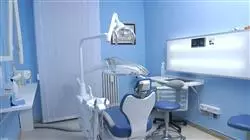
A unique, key, and decisive Training experience to boost your professional development”
Postgraduate Certificate in Pathology and Therapeutics of Dental Caries in Pediatric Dentistry
Discover the keys to prevent and treat dental caries in children with this Postgraduate Certificate in Pathology and Therapeutics of Dental Caries in Pediatric Dentistry from TECH Global University. Through our online classes, you will gain the knowledge and skills necessary to provide specialized and quality dental care to children. Dental caries is one of the most common diseases in childhood, and its correct approach is essential to ensure the oral health of children. With our program, you will learn the latest techniques and treatments in dental caries pathology and therapeutics, based on the most updated scientific evidence. These online classes offer you the convenience of studying from anywhere and at any time. With access to our virtual campus, you will be able to access interactive teaching materials, explanatory videos and practical activities that will allow you to apply the concepts learned immediately.
Study in the best School of Dentistry
At TECH Global University, we have a teaching team highly specialized in pediatric dentistry, which will guide you throughout your learning process and will provide you with the necessary support to solve your doubts and expand your knowledge. At the end of the Postgraduate Certificate in Pathology and Therapeutics of Dental Caries in Pediatric Dentistry, you will be able to make an accurate diagnosis of dental caries in children, apply the appropriate treatment techniques and design effective prevention plans. In addition, you will gain communication and child patient management skills, which are fundamental in pediatric dentistry. Take advantage of this opportunity to expand your knowledge and stand out in the field of pediatric dentistry. Enroll in the Postgraduate Certificate offered by the great School of Dentistry of TECH Global University and become a highly trained professional in the oral care of children!

